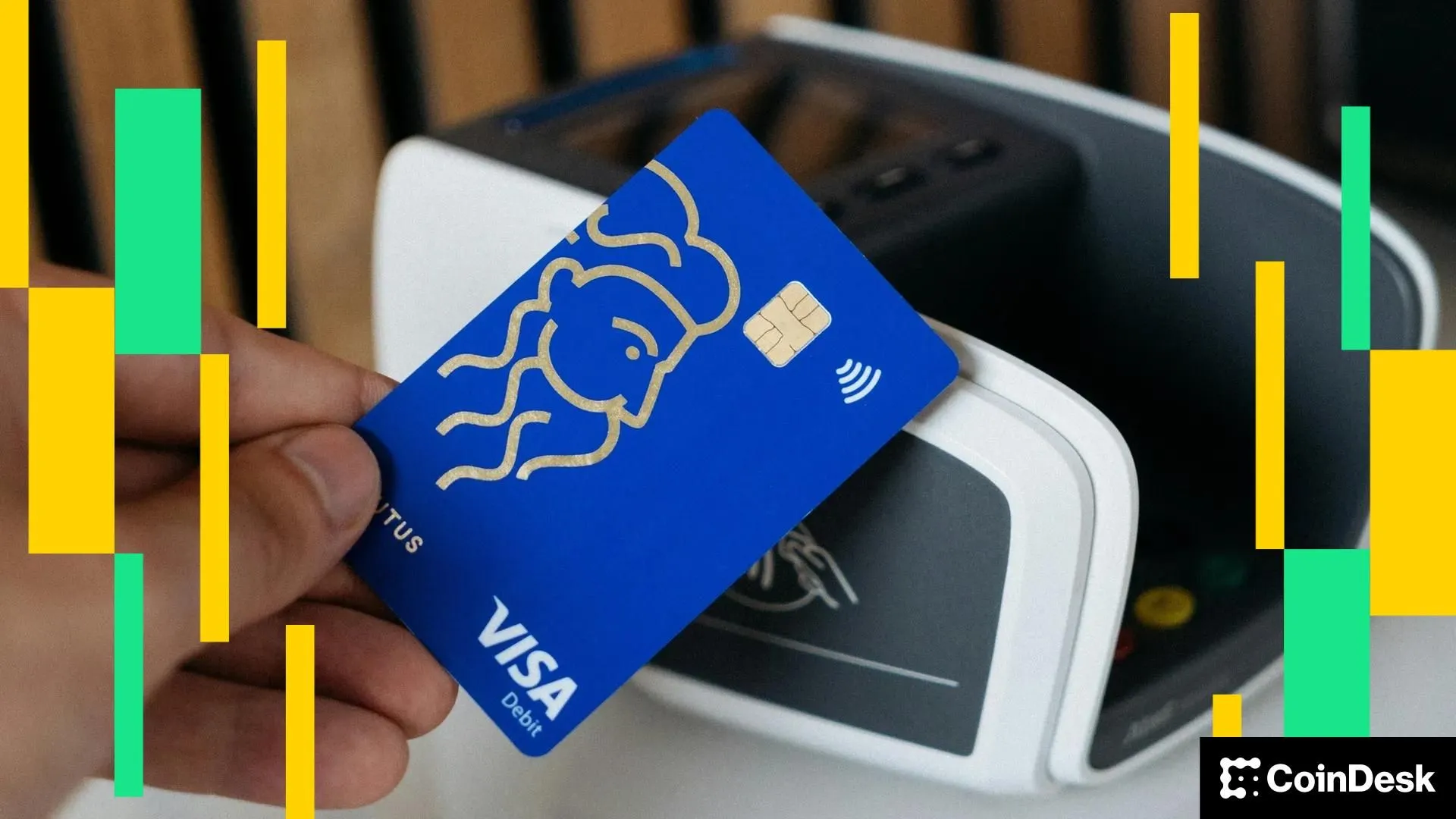The next major upgrade of Ethereum, Fusaka, has now launched on the blockchain's final testnet, Hoodi, laying the groundwork for the mainnet release on December 3. At that time, the network will introduce multiple improvements in scalability and security.
Nethermind announced on platform X that this upgrade has been successfully completed, marking an important milestone towards Fusaka. It is reported that its widely used client has successfully completed this fork.
Fusaka will introduce several Ethereum Improvement Proposals (EIPs). For example, EIP-7594 will implement Peer-to-Peer Data Availability Sampling (PeerDAS), allowing validators to read smaller data fragments on Layer 2 networks instead of complete data blocks, thereby enhancing node efficiency.
This update also includes proposals such as EIP-7825 and EIP-7935, aimed at increasing the gas limit and optimizing efficiency, preparing Ethereum for parallel execution, which allows multiple smart contracts to be processed simultaneously. Other proposals focus on refining zero-knowledge rollup technology to further optimize network performance.
It is noteworthy that this technological advancement occurs amid significant personnel changes at the Ethereum Foundation, with several core contributors leaving and criticizing the foundation's direction in guiding network development.
Meanwhile, Ethereum has reached a historic high this year due to increased inflows from exchange-traded funds and greater adoption by corporate treasuries.
The implementation of Fusaka will be divided into three phases: the first phase is the mainnet launch, the second phase activates proposals to increase block capacity, and the third phase will conduct a second hard fork for block capacity.
After the implementation of Fusaka, attention will shift to the Glamsterdam upgrade, which is also part of the "Surge" phase in Ethereum's technical roadmap, aimed at further enhancing network scalability.
This upgrade focuses on improving Ethereum's scalability, which is one of the so-called "blockchain trilemma" proposed by co-founder Vitalik Buterin, with the other two being decentralization and security.
Ethereum's design prioritizes decentralization and security, while some competing Layer 1 blockchains (such as Solana and Sui) focus on scalability to compete with Ethereum through faster transaction speeds.
It has been about six months since the last major upgrade, Pectra, which primarily focused on staking performance and wallet functionality to optimize user interface and experience.
Related: Circle launches Arc testnet, with participation from BlackRock, Goldman Sachs, and Visa.
Original: “Ethereum (ETH) Fusaka Fork Prepares for Mainnet Deployment After Final Testnet Launch”
免责声明:本文章仅代表作者个人观点,不代表本平台的立场和观点。本文章仅供信息分享,不构成对任何人的任何投资建议。用户与作者之间的任何争议,与本平台无关。如网页中刊载的文章或图片涉及侵权,请提供相关的权利证明和身份证明发送邮件到support@aicoin.com,本平台相关工作人员将会进行核查。




